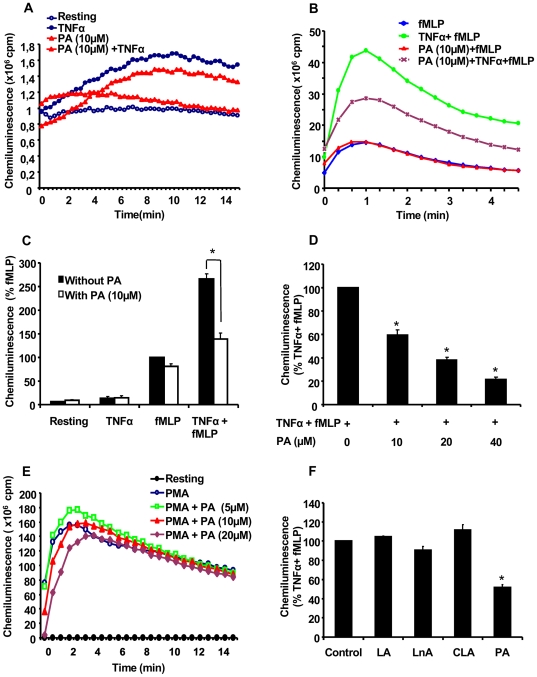Figure 1. Punicic acid (PA) inhibits TNFα-induced ROS over-production by human neutrophils.
(A) Human neutrophils (5×105 cells in 0.5 ml Hanks buffer) were incubated in the absence or the presence of PA (10 µM) for 30 min; TNFα (10 ng/ml) was added and ROS production was measured by chemiluminescence technique in the presence of 10 µM luminol. (B) Human neutrophils (5×105 cells in 0.5 ml Hanks buffer) were incubated in the absence or the presence of PA (10 µM) for 30 min; TNFα (10 ng/ml) was added for 20 min before stimulation with fMLP (10−7 M). ROS production was measured by chemiluminescence technique in the presence of 10 µM luminol. (C) Total chemiluminescence in each condition was quantified and presented as mean+/−SEM of 6 experiments (PA 10 µM), (* p<0.05 with versus without PA). (D) Dose effect of PA on TNFα-primed cells. Mean+/−SEM of 6 experiments of the dose effect of PA, * p<0.05 as compared to TNFα+fMLP controls (100%). (E) Dose effect of PA on PMA (100 ng/ml)-induced neutrophil ROS production. One representative of four experiments. (F) Human neutrophils (5×105 cells in 0.5 ml Hanks buffer) were incubated in the absence or the presence of 10 µM of linoleic acid (LA), linolenic acid (LnA), conjugated linoleic acid (CLA) or PA for 30 min; TNFα (10 ng/ml) was added for 20 min before stimulation with fMLP (10−7 M). ROS production was measured by chemiluminescence technique in the presence of 10 µM luminol. Total chemiluminescence in each condition was quantified and presented as mean+/−SEM of 6 experiments, * p<0.05 as compared to TNFα+fMLP (control 100%).

